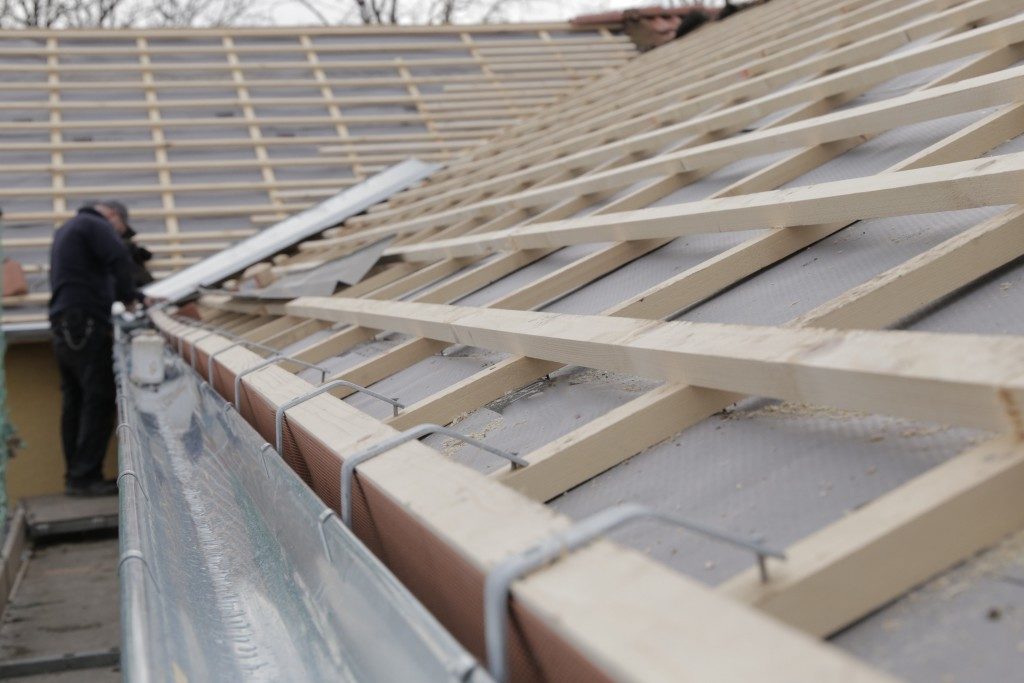Getting the right equipment and materials is crucial to every project. Each material carries its own unique fingerprint – weight, strength, durability, and cost which make the whole process of deciding which one best fits the model of your work more difficult.
As a construction manager, the factors to consider when getting the equipment include the costs, capacity, quality, and others. Make sure to review the scope of the project so you can get the right equipment beforehand.
The manufacture of building materials is a well-established and standardised industry. It has the capability to provide a solid supply of high-quality materials for different types of building structures. It’s up to the engineer to choose which one best fits their architectural design and reach an informed decision.
To give you an idea, here’s a list of common construction materials you may need for your project:
1. Concrete
Arguably one of the most common mediums for construction, concrete is considered a composite building material made from combining aggregate and cement. One of its most widely used forms is “Portland cement concrete” that has mineral aggregate (usually gravel and sand), portland cement, and water all combined. This has been a staple in the construction industry because of its longevity, formability, and ease of transportation.
2. Brick and Block
As accurately shown in various old films, bricks reached their peak as the most commonly used construction material in the ’70s to ’90s. This can be attributed to how it was much more flame retardant and cheaper to reproduce than wood at that time. Bricks are good for walls, pathways, and driveways as they are highly versatile and have good thermal mass.

3. Wood
A product of nature itself made from trees and fibrous plants – this is probably one of the greenest materials best suited for sustainability. As clean and less man-made as it may seem, this generic building material is used in building just about any type of structure because it adapts to climates well. When wood is cut or pressed into lumber and timber, it is capable of producing solid woodwork such as laminate panels.
4. Metal
Compared to all the others on this list which focus on intricate and specific designs, metals are used as the structural framework for larger projects like skyscrapers and surface coverings. Steel is the most common choice for projects that rely heavily on metal structures as it is strong, flexible, and ages well. Aluminium alloys have better resistance to corrosion and a lower density which makes them perfect for a majority of metal-based buildings.
5. Glass
Engineered glass is another popular construction material. The ability of glass to make the areas bigger is outstanding. However, keep in mind that this material requires extra precautions because it’s more fragile than others.
It can be argued that the backbone of any good building is a solid support system from within. The ensured longevity starts from the very beginning. Explore all your options and do extensive research to guarantee your project will age like fine wine.

